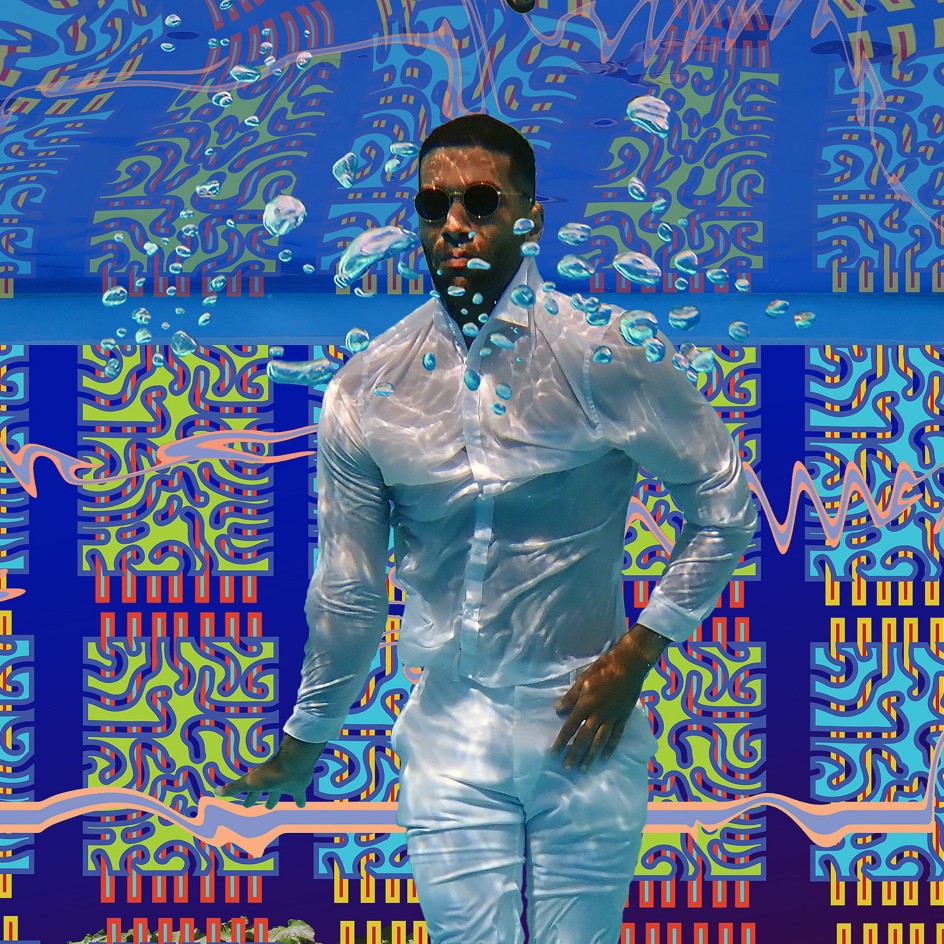Raymond HOLBERT
Aquatic Opera
July 7 - September 1, 2022
Reception for the artist Thursday, July 7, 2022, 6-8pm. Masks and proof of Covid Vaccine required.
-

Aquatic Opera: Brian's Pirouette
-

Aquatic Opera: Marine Aria
-

Aquatic Opera: A Liquid Garden
-

Aquatic Opera: Aerobic Metropolis
-

Aquatic Opera: Adagio for a Duet
-

Aquatic Opera: Thawed Matrix
-

Aquatic Opera: Dunham Version
-

Aquatic Opera: Slight Rhapsody
-

Aquatic Opera: Twoboy’s Opus
-

Aquatic Opera: Octogenerian Grace
-

Aquatic Opera: Silent Melody
-

Aquatic Opera: Slow Ballad
-

Aquatic Opera: Egyptia’s Matrix
-

Aquatic Opera: Fluid Rustle

Summary
Raymond Holbert’s studio is a swimming pool. Measuring thirty square feet, and twelve feet deep, his underwater set is an otherworldly space where models can express themselves with angelic grace. A versatile artist who has worked in media ranging from pen-and-ink to color photography over five productive decades – and exhibited in venues ranging from the Museum of African American Life and Culture to the Philadelphia Museum of Art – Holbert approaches this studio not only as a realm where physical movement is unconstrained but also where the imagination has free reign. The creative act is a collaborative performance by the models and artist. Holbert calls it an Aquatic Opera.
Modernism Gallery is pleased to exhibit fourteen tableaux from this magnum opus. Taking the form of photographic murals, they each present imagery of bodies in motion that Holbert captured underwater at different times of day, combined with drawings and photographs he has made in his more conventional Berkeley studio and on the streets of the East Bay.
These seamless digital collages invite the spectator into the performative space where the dancers await in a state of suspended animation. Some of the men and women wear spectacular costumes, a reminder of Holbert’s decades of experience in fashion photography. The audience’s experience is further enhanced by Holbert’s evocative titles, often laced with operatic references such as aria and adagio, bringing music to mind and transforming each tableau into a Gesamtkunstwerk.
Holbert’s entry into this unusual milieu was inspired by his own passion for swimming, and his recognition of the potential of underwater motion from personal experience. “There are movements that can be realized in the water that cannot be done without it,” he says. “The breadth of omni-directional movement is an ability that works for every relaxed swimmer without much regard to capabilities.”
The result is a fresh contribution to artistic engagement with swimming seen in the work of masters such as David Hockney. Yet it is equally notable for the numinous quality of a space unconstrained by gravity, a contemporary perspective on the heavenly tableaux of Tiepolo, and a complement to Kehinde Wiley's overhead stained-glass paintings of break dancers at Penn Station.
